
Discover Fès: The Spiritual Capital of Morocco
Fès, often referred to as the spiritual heart of Morocco, is a city steeped in history and tradition. Founded in the 9th century, Fès is home to one of the oldest universities in the world, the University of Al Quaraouiyine, and has long been a center of learning and culture. As you wander through its ancient streets, you’ll feel as though you’ve stepped back in time.
The Fès el-Bali Medina, a UNESCO World Heritage site, is the largest car-free urban area in the world and a labyrinth of narrow alleys, bustling souks, and historic buildings. Here, you can explore centuries-old mosques, madrasas (Islamic schools), and palaces, each with its own story to tell. The intricate craftsmanship of the city's artisans, from leather tanners to potters, is a testament to Fès's rich cultural heritage.
One of the must-see sites in Fès is the Bou Inania Madrasa, an architectural marvel adorned with exquisite tilework, carved wood, and stucco. The Dar Batha Museum, housed in a former palace, offers a fascinating glimpse into Moroccan art and culture, with its collection of ceramics, textiles, and traditional crafts.
Fès is a city that invites you to slow down and immerse yourself in its rich history and vibrant culture. Whether you’re exploring its ancient medina, savoring the flavors of traditional Moroccan cuisine, or simply soaking in the atmosphere of its historic squares, Fès offers a truly unique and unforgettable experience.
Must visite places in Fès
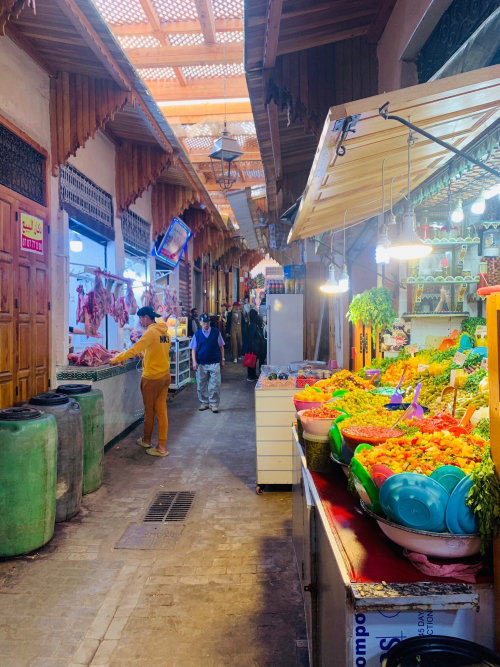
Medina of Fez
The Medina of Fez is one of the largest medieval cities in the world, a UNESCO World Heritage site, and a vibrant living museum of Moroccan culture.
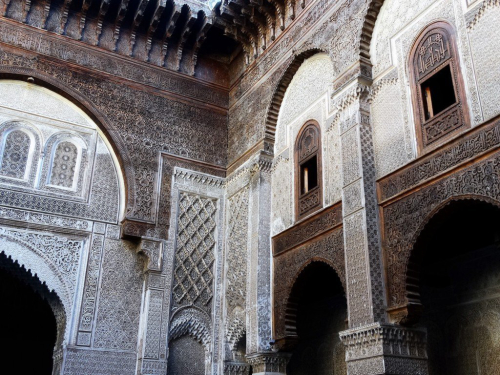
Al-Attarine Madrasa
A stunning example of Moroccan craftsmanship, Al-Attarine Madrasa is famous for its beautiful tilework and intricate carvings.
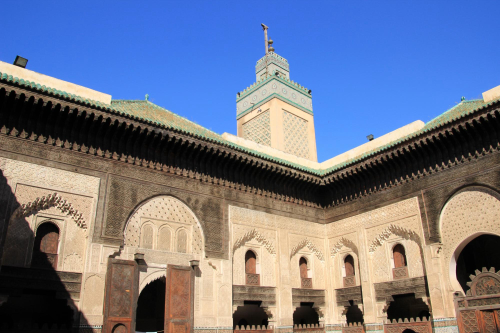
Bou Inania Medersa
Bou Inania is a grand madrasa (Islamic school) with intricate wood carvings, a beautiful courtyard, and religious significance.

Chouara Tannery
The famous Chouara Tannery offers a unique insight into the traditional process of leather making, with centuries-old techniques still in use today.

Fes el-Bali
Fes el-Bali is the oldest walled part of Fez, offering a maze of narrow streets, bustling markets, and historical landmarks.
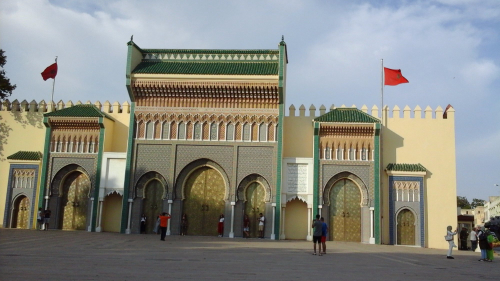
Bab Boujloud
Bab Boujloud, also known as the Blue Gate, is the main entrance to the old medina of Fez, showcasing stunning Moroccan tilework and architecture.
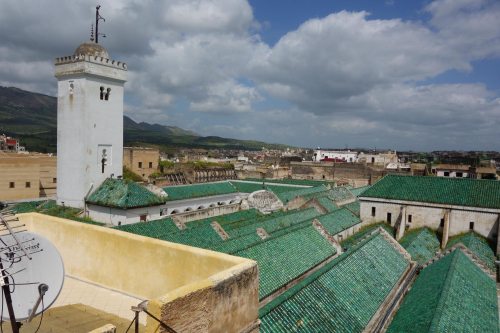
Kairaouine Mosque
One of the largest mosques in Africa, Kairaouine Mosque is also the oldest university in the world, a center of learning and spiritual guidance.
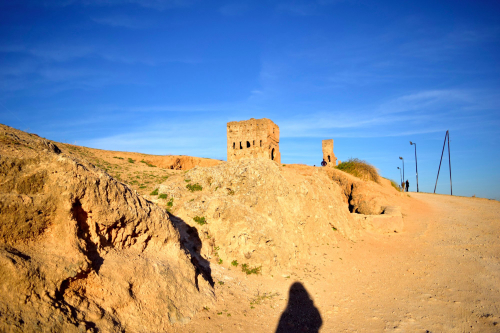
Marinid Tombs
The Marinid Tombs offer panoramic views of Fez and are a significant historical site from the Marinid dynasty.
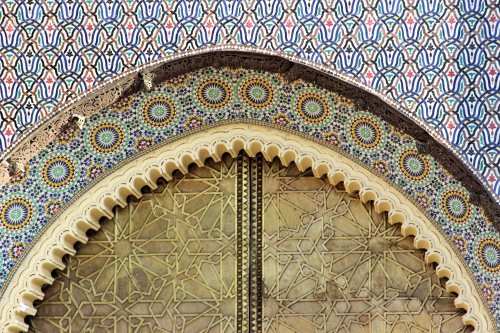
Royal Palace of Fez
The Royal Palace of Fez is a magnificent example of Islamic architecture, with its golden doors and stunningly preserved structures.
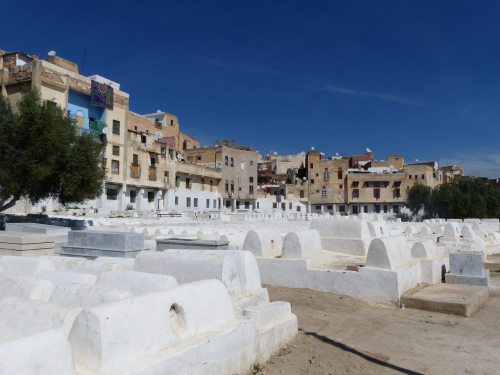
Fez Mellah
The Mellah is the old Jewish quarter of Fez, with narrow streets and traditional buildings that showcase the rich history of Jewish life in Morocco.
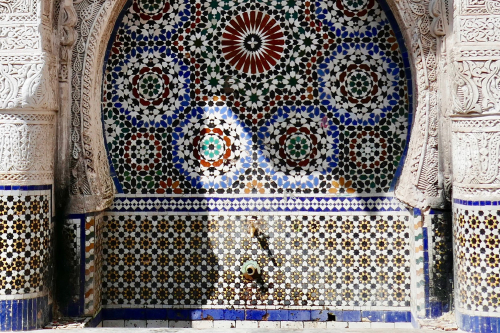
Fontaine Nejjarine
Fontaine Nejjarine is an exquisite example of Moroccan mosaic work and is located near the Museum of Wooden Arts and Crafts.

Palais El Mokri
Palais El Mokri is a grand 20th-century palace that showcases opulent Moroccan architecture and offers a glimpse into the country's aristocratic past.
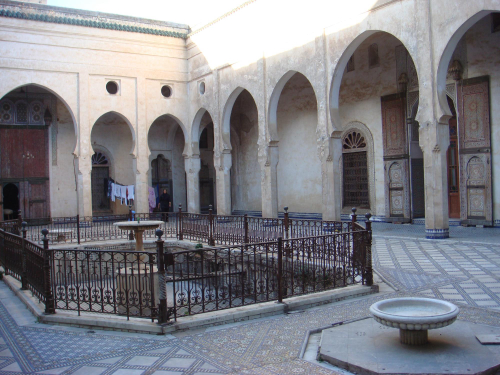
Glaoui Palace
Glaoui Palace is a former residence of the powerful Glaoui family, offering visitors a chance to explore lavishly decorated rooms and traditional Moroccan architecture.
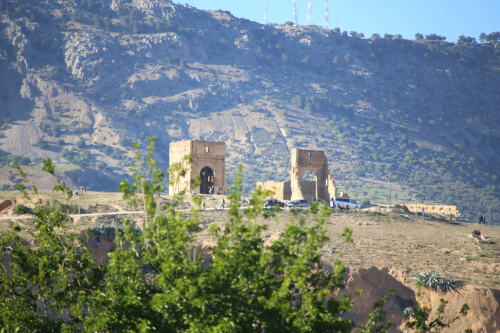
Borj Nord
Borj Nord is a historic fortress that now houses a museum showcasing weaponry and military history from different eras of Morocco.

Zaouia of Moulay Idriss II
This religious site is dedicated to Moulay Idriss II, the founder of Fez, and is an important spiritual center for Moroccans.
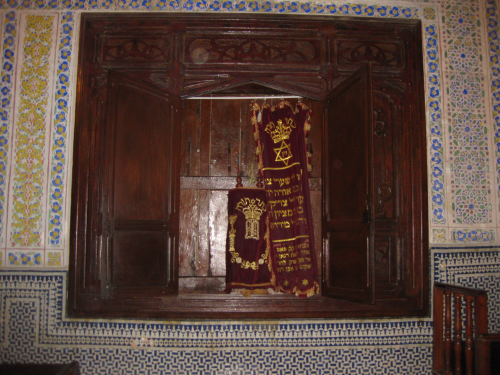
Aben Danan Synagogue
Aben Danan is one of the few remaining synagogues in Fez, representing the rich Jewish history and culture of Morocco.
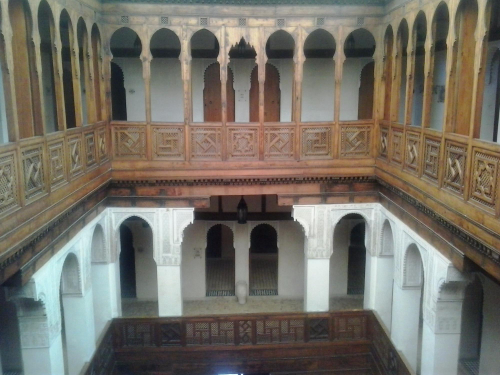
Cherratin Medersa
Cherratin Medersa is a beautiful example of Islamic architecture, known for its intricate woodwork and tile decorations.
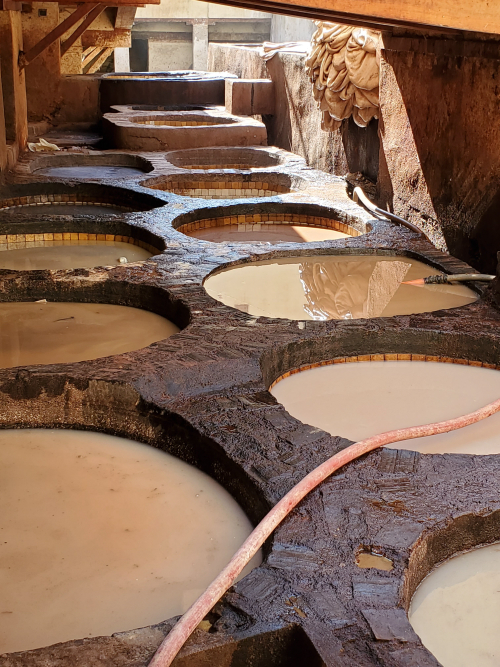
La Belle Vue de la Tannerie
This viewpoint offers a panoramic view of the famous tanneries of Fez, providing visitors with a unique perspective of the leather-making process.
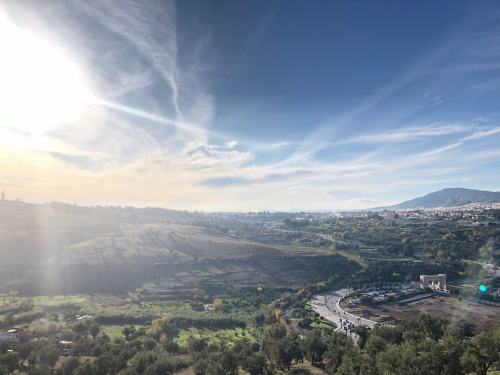
Borj Sud
Borj Sud is a historic fortress offering panoramic views of Fez and its surroundings, ideal for photography and sightseeing.

Boujloud Square
Boujloud Square is a bustling public space near Bab Boujloud, popular for its street performances and social gatherings.

Andalusian Mosque
This mosque, located in the Andalusian Quarter, is known for its stunning Andalusian architectural influences and historical significance.
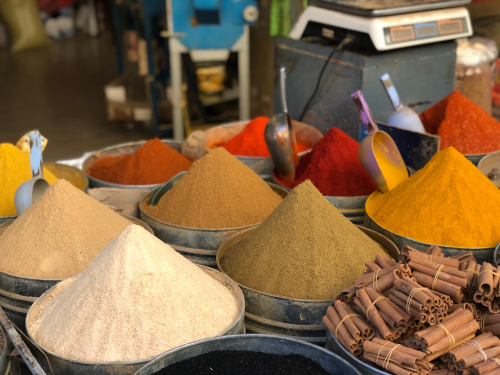
Rue Talaa Kebira
Rue Talaa Kebira is one of the main streets of the medina, lined with shops and traditional souks, perfect for shopping and exploring local crafts.
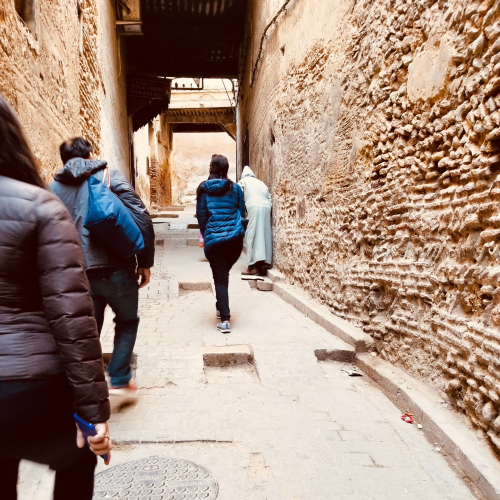
The Andalusian Quarter
The Andalusian Quarter is known for its distinct architectural style and cultural significance, representing the influence of Andalusian immigrants in Fez.
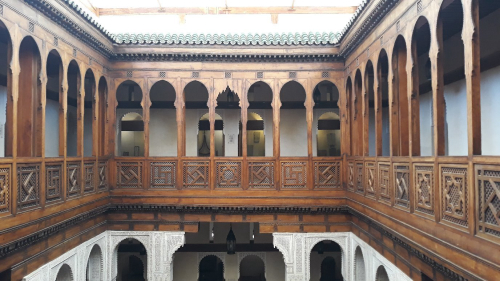
Museo Nejjarine
Museo Nejjarine is dedicated to woodcrafts, showcasing tools, furniture, and wooden artworks from various eras of Moroccan history.

Dar Batha Museum
Dar Batha Museum is an arts and crafts museum housed in a former palace, showcasing traditional Moroccan art, ceramics, and woodwork.
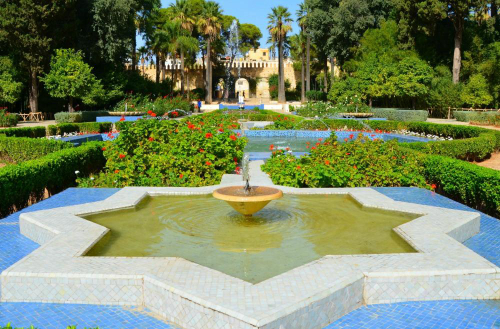
Jardin Jnan Sbil
Jardin Jnan Sbil is a beautiful public garden offering a peaceful retreat with fountains, lush greenery, and walking paths.
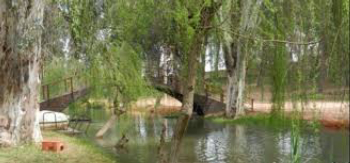
Foret d'ain Chkef
Foret d'ain Chkef is a forested area on the outskirts of Fez, offering hiking trails and a serene escape into nature.
